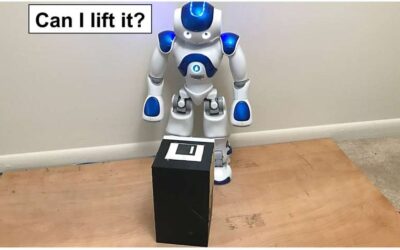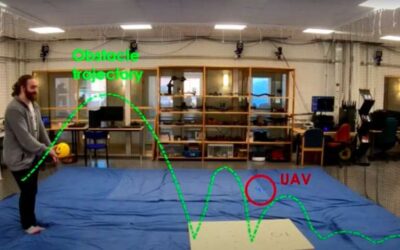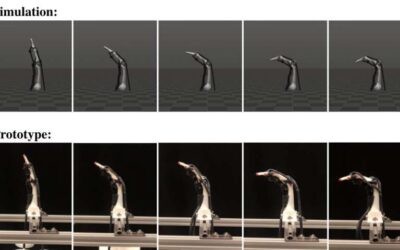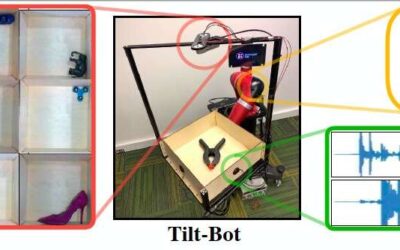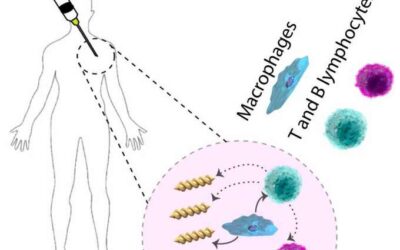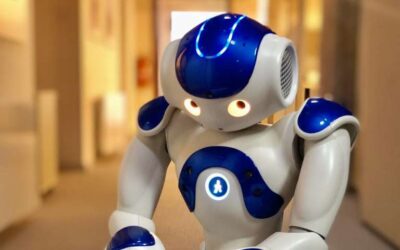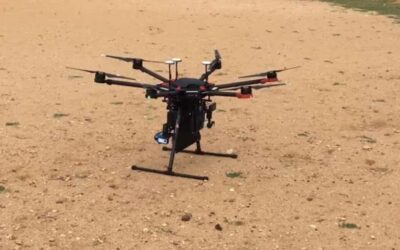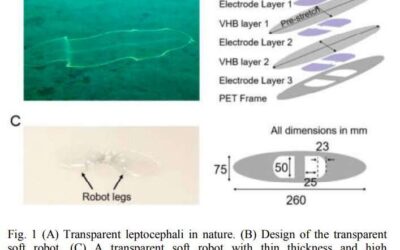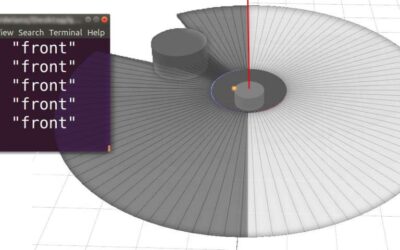Humanoid robots, those with bodies that resemble humans, could soon help people to complete a wide variety of tasks. Many of the tasks that these robots are designed to complete involve picking up objects of different shapes, weights and sizes.
Robotics
Supernovae could enable the discovery of new Muonic physics
A supernova, the explosion of a white-dwarf or massive star, can create as much light as billions of normal stars. This transient astronomical phenomenon can occur at any point after a star has reached its final evolutionary stages.
A model for autonomous navigation and obstacle avoidance in UAVs
Autonomous unmanned aerial vehicles (UAVs) have shown great potential for a wide range of applications, including automated package delivery and the monitoring of large geographical areas. To complete missions in real-world environments, however, UAVs need to be able...
A biomimetic robotic finger created using 3-D printing
Humans are innately capable of performing complex movements with their hands via the articulation of their endoskeletal structure. These movements are made possible by ligaments and tendons that are elastically connected to a fairly rigid bone structure.
Exploring the interactions between sound, action and vision in robotics
In recent years, researchers have developed a growing amount of computational techniques to enable human-like capabilities in robots. Most techniques developed so far, however, merely focus on artificially reproducing the senses of vision and touch, disregarding other...
Exploring the interactions between microswimmer medical robots and the human immune system
Over the past few years, robotics researchers have designed tiny and untethered swimming robots, also known as microswimmers, with increasingly advanced sensing and locomotion capabilities. These microrobots could prove very useful in medical settings, particularly...
THEaiTRE: A theatre play written entirely by machines
Researchers at Charles University, Švanda Theater and the Academy of Performing Arts in Prague are currently working on an intriguing research project that merges artificial intelligence and robotics with theatre. Their project's main objective is to use artificial...
Using drones to reduce disease-spreading mosquito populations
Vector-borne diseases are illnesses that can be transmitted to humans by blood-feeding insects, such as mosquitoes, ticks and fleas. Mosquitoes are known to contribute to the spread of a number of vector-borne diseases, including malaria, dengue, yellow fever and Zika.
A transparent artificial muscle to enable camouflaging in soft robots
The ability to become transparent is a considerable evolutionary advantage, as it allows animals to blend in with their environment, avoid predators and mask their movements. Robots with similar capabilities could be of great value for a number of applications, for...
Using a quantum-like model to enable perception in robots with limited sensing capabilities
Over the past few years, researchers have been trying to apply quantum physics theory to a variety of fields, including robotics, biology and cognitive science. Computational techniques that draw inspiration from quantum systems, also known as quantum-like (QL)...

